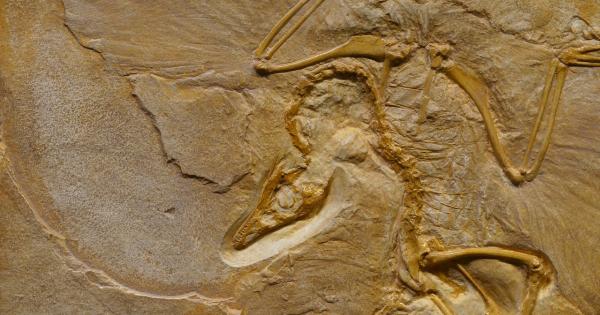One of the fundamental concepts in evolutionary biology is natural selection. It is the process by which individuals with beneficial traits are more likely to survive and reproduce, passing those advantageous traits onto the next generation.
While natural selection is commonly associated with traits such as physical strength or camouflage, it also plays a crucial role in the selection of sperm during reproduction. The female reproductive organs have evolved complex mechanisms to ensure that only the best sperm have the chance to fertilize an egg.
Understanding Female Reproductive Organs
The female reproductive system consists of various organs, including the ovaries, fallopian tubes, uterus, and vagina. Each of these organs has a specific role in the reproductive process.
The ovaries produce and release eggs, which are then transported through the fallopian tubes towards the uterus. The uterus provides a suitable environment for a fertilized egg to develop into a pregnancy. The vagina, on the other hand, serves as the passageway for sperm during sexual intercourse.
The Selection Process
Once sperm enters the female reproductive system, a series of intricate mechanisms come into play to select the best sperm for fertilization.
These mechanisms ensure that only the most genetically fit sperm have the opportunity to fertilize an egg, thus increasing the chances of producing healthy offspring.
Sperm Competition
Multiple strategies exist within the female reproductive system to facilitate sperm competition. One of these strategies is the creation of a hostile environment for sperm that do not meet certain requirements.
The female reproductive tract produces substances that can neutralize and eliminate sperm that are genetically unfit or carry abnormalities that could potentially be harmful to the resulting offspring.
Chemical Signaling
Chemical signaling is another crucial aspect of the selection process. The female reproductive organs release various chemical signals, known as pheromones, that attract sperm from potential mates.
These pheromones help to guide sperm towards the egg and ensure that only the sperm from the most suitable mates reach their destination.
Physical Barriers
Physical barriers also play a role in selecting the best sperm. The female reproductive tract has a multitude of anatomical structures, such as the cervix and the muscular contractions within the fallopian tubes, which act as barriers and filters.
These barriers prevent the entry of suboptimal sperm and favor the passage of sperm with the highest chances of successful fertilization.
Egg Selection
Additionally, the eggs themselves are not passive recipients in the process of fertilization. They possess their own selection mechanisms to ensure that only the best sperm have the opportunity to penetrate and fertilize them.
The outer layer of the egg contains receptors that are specific to certain proteins on the surface of sperm. Only sperm with the correct protein composition can bind to these receptors, making the process highly selective.
Reproductive Strategies
The selection of sperm by female reproductive organs is also influenced by an individual’s reproductive strategies.
For species that engage in promiscuous mating, where multiple partners are involved, there is an increased likelihood of sperm competition. In these cases, the female reproductive system may have additional mechanisms to enhance the selection process and ensure that only the fittest sperm have the opportunity to fertilize an egg.
Evolutionary Significance
The process of selecting the best sperm by female reproductive organs is of significant evolutionary importance. By favoring the fittest sperm, females can increase the genetic quality of their offspring.
This enhances the chances of survival and reproductive success for future generations, ultimately contributing to the overall fitness of the species.
Conclusion
The female reproductive organs play a vital role in natural selection by selecting the best sperm for fertilization.
Through a combination of sperm competition, chemical signaling, physical barriers, and egg selection, the female reproductive system ensures that only the most genetically fit sperm have the opportunity to fertilize an egg. This process not only ensures the survival of the fittest but also contributes to the overall evolutionary success of the species.































